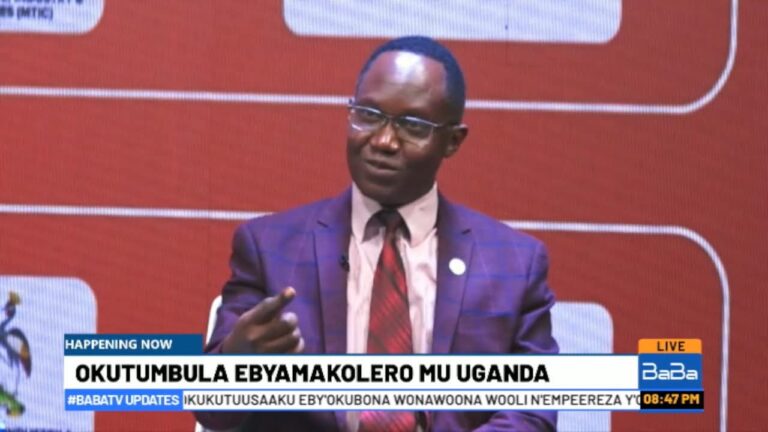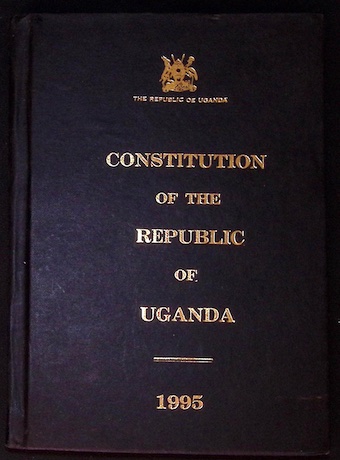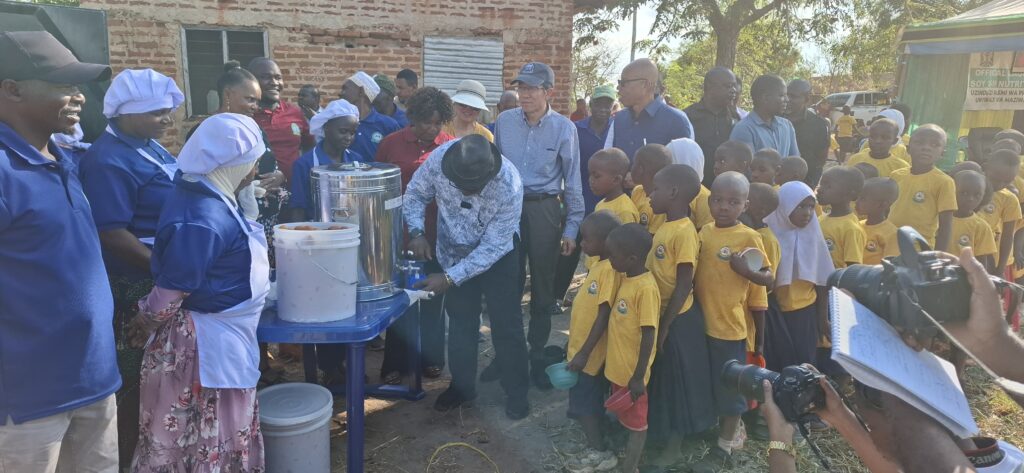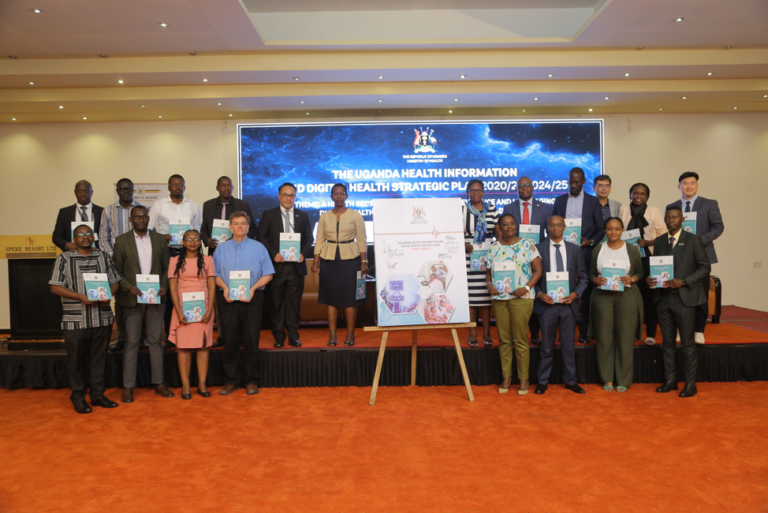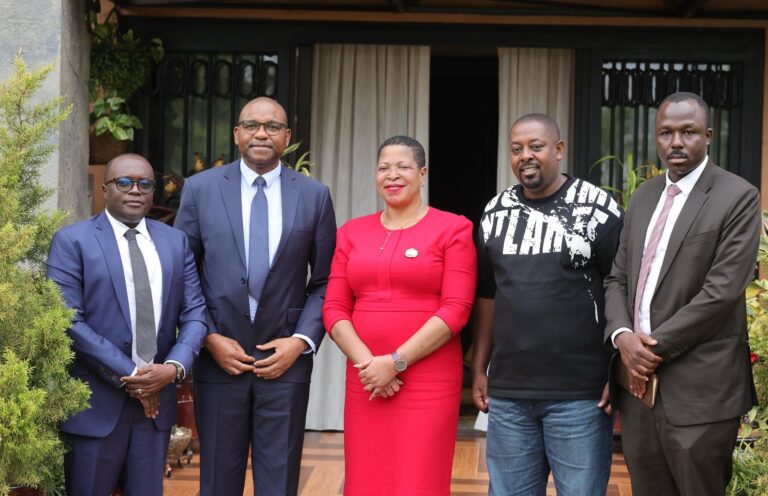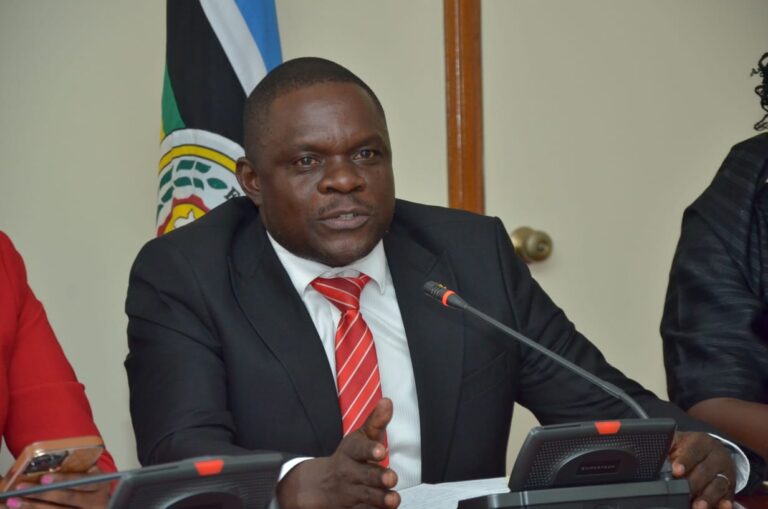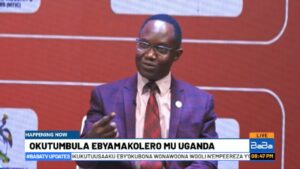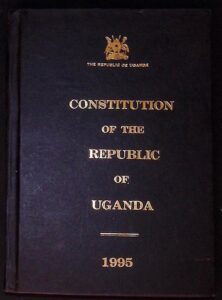“The primary schools in our model villages will soon start consuming soya milk following the commitment by our Chinese partners from China Agricultural University to support BCD in the soybean processing project,” Dr. Mula said.
New international collaboration aims to boost nutrition in Busoga’s model village schools through locally produced soya milk
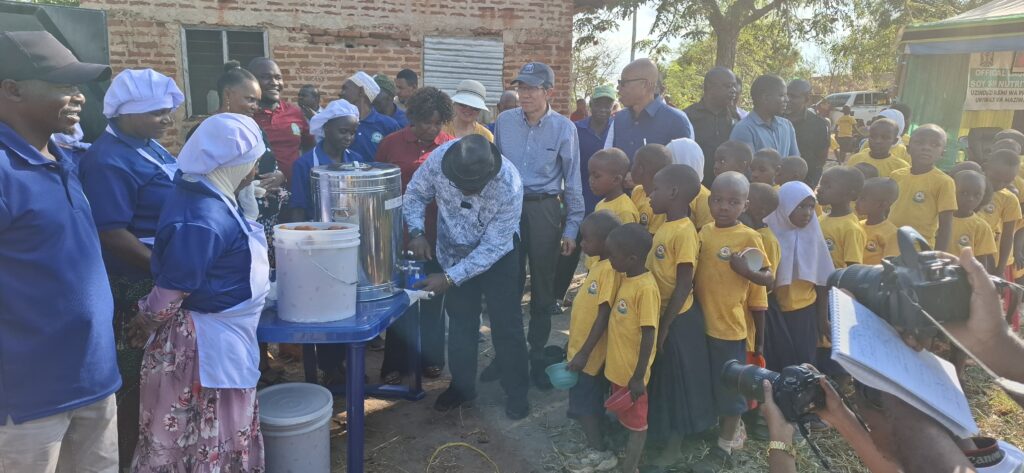
Morogoro, Tanzania — In a major step toward improving school nutrition and advancing rural development, Busoga is set to begin producing soya milk for its primary schools under a growing partnership between Uganda, Tanzania, and China.
The initiative was officially launched at Juhudi Primary School in Tanzania’s Morogoro region. Local, Chinese, and Ugandan leaders gathered to commission the project, and in a symbolic gesture, the Regional Commissioner of Morogoro, Hon. Adam Malima, served soya milk and bread to pupils—signifying the beginning of a new chapter in school nutrition.
Hon. Malima commended Professor Li Xiaoyun, Lead Chair Professor at China Agriculture University (CAU), for championing the project and expressed deep interest in its goals.
“This initiative will greatly improve the nutrition of our school-going children,” said Hon. Malima.
He pledged one million Tanzanian shillings to support the production and called on China Agriculture University to keep its doors open to Tanzania as the initiative grows.
Professor Li Xiaoyun thanked the Tanzanian Government for embracing the idea and praised the project team for introducing soya milk as a solution to school feeding.
“We are determined to support the villages to produce soya milk for the schools,” he stated.
Other dignitaries in attendance included Prof. Xu Jin (Lead Project Supervisor), Prof. Huang, and various Chinese experts.
Uganda was represented by Dr. Anthony Mula, Director General of the Busoga Consortium for Development (BCD), who confirmed that China Agriculture University has committed to supporting Uganda—particularly the Busoga region—in replicating the soya milk production model.
“The primary schools in our model villages will soon start consuming soya milk following the commitment by our Chinese partners from China Agricultural University to support BCD in the soybean processing project,” Dr. Mula said.
The initiative is being implemented under the Village Agriculture Model, spearheaded by the Busoga Consortium for Development, and designed to complement the Parish Development Model (PDM)—a national framework introduced by the President of Uganda to improve household incomes and living standards at the grassroots.
This project comes at a timely moment. Farmers in the Busoga model villages of Namayombe, Mashaiga, and Busana are already harvesting soybeans. The availability of fresh yields means soya milk production can begin immediately and sustainably.
The initiative also directly supports the Ministry of Education and Sports’ longstanding call for improved school nutrition, aiming to enhance learning outcomes, pupil health, and academic performance.
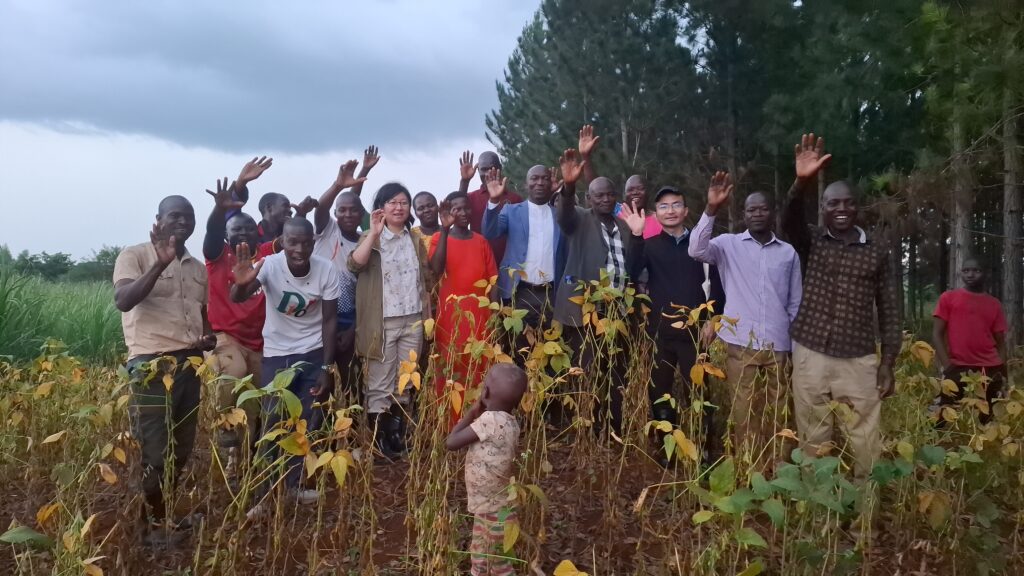
For years, Busoga has produced crops in good quantity, but lacked assured markets and access to modern agricultural technology—hindering progress and limiting returns. This project seeks to address that gap by introducing value addition through soya milk processing and ensuring a reliable market through school consumption.
Dr. Mula also announced that selected farmers from Busoga will be taken to Morogoro for training and benchmarking, enabling them to learn directly from Tanzania’s implementation of the project.
“As the western region of Uganda focuses on dairy milk from cattle, Busoga is building a niche in plant-based milk production,” he said. “Soya milk is highly nutritious, cost-effective, and ideal for school feeding programs.”
The Uganda–Tanzania–China partnership is part of a broader regional effort to promote sustainable agriculture, education-centered development, and rural transformation. China Agriculture University continues to play a central role by providing technical expertise and training to ensure the success of the initiativeThe and
As soya milk production prepares to begin in Busoga, the region is positioning itself as a model for education-focused innovation—where nutrition, learning, and international collaboration come together to shape a healthier, brighter future


